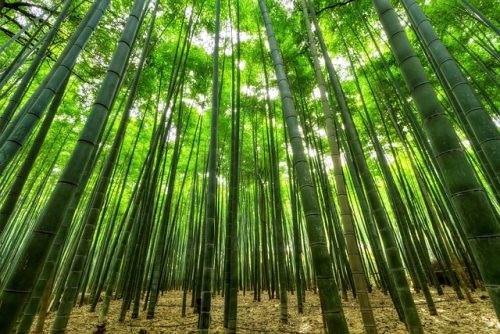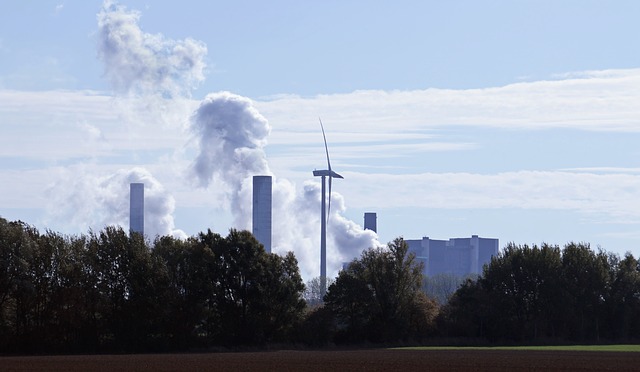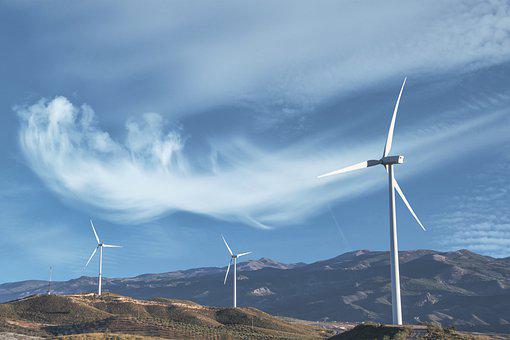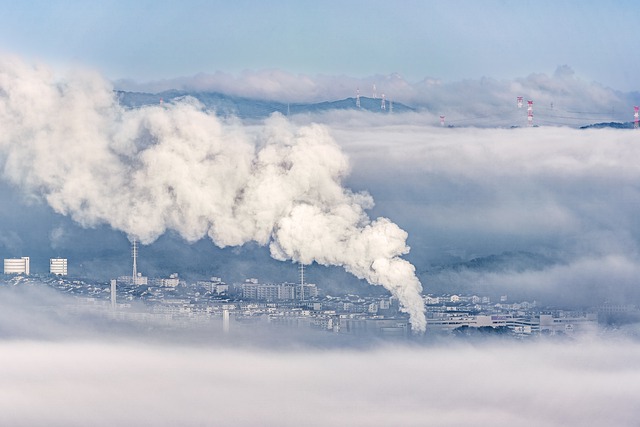What is Afforestation?
Afforestation, simply put is the practice of planting trees in areas where there have never been trees before. Taking a clear land that has never been forested and planting new trees is called Afforestation.
Afforestation can also be considered to be a kind of reforestation as new trees are being planted in an area which could simply be for the purpose of offsetting the negative effect of land cleared somewhere else (such as in the case of urbanization and city expansion projects) or it could be to balance the amount of trees removed for a specific purpose by planting the same number of trees in another previously uninhabited area. The bottom line being that a new area devoid of any trees is being converted into a forest.
What are the Common Techniques for Afforestation:
- Seed Burial: This calls for simply planting a seed 6 inches deep in the soil of the land you wish to populate with trees. It is a manual and time consuming process.
- Shelterbelt Technique: It is aimed at planting trees and supporting their growth in arid or semi-arid regions with desert like conditions using the appropriate species in order to prevent soil erosion and protect the crop lands and nearby settlements from natural sandstorms and winds.
- Mechanical Methods: This involves the removal of vegetation and unwanted weeds and shrubs from an area in order to plant the trees of one’s choice by taking into account the climate, and existing biodiversity of the area. It requires close monitoring of the area to make sure the trees planted at intervals are growing well.

Innovative Techniques used in Afforestation:
Some newer techniques that have proven to be beneficial by giving quick results in a short time are:
- Miyawaki Urban Forest Technique: Contrary to randomly dispersing seeds or relying on other factors and elements of nature to do the work, this method depends on growing or planting different types of native tree and plant species naturally in an area by taking into account the climatic factors and compatibility in order to maximize the density and balance the tree growth in such a way that it can rapidly grow uninhibited without interference from humans. This technique provides not only increased biodiversity but also provides habitat for a large number of species resulting in rich ecosystems in a small space in a short time as well as makes the trees durable by being more resistant to disease since the trees are of different kinds so chances of survival are higher. For more information, Check out Miyawaki Urban Forests in Pakistan and its Benefits
- Daisugi Technique: Daisugi basically indicates the way of growing trees in which one tree serves as a base or platform for several other trees to grow on. This is primarily used for areas where Cedar trees are found indigenously. These trees can be grown similarly to the Bonsai technique in which the branches of the tree can be carefully cut and shaped so that new shoots can grow from them which are further cut and pruned until a smooth vertical stem is produced which is then allowed to grow into a whole tree. This also requires less space and creates a dense canopy that can protect against storms, flood and soil erosion while creating rich and diverse ecosystems in a short time. This technique is particularly useful as a lot of wood can be harvested from one tree alone and all the while not needing to cut down any trees that could reduce soil cover as the base/platform tree remains intact and standing.
Importance of Afforestation:
The benefits and importance of afforestation are pretty much the same as those of Reforestation. Planting new trees in an area where no trees have existed prior can be a great way to of carbon sequestration, increasing soil stability to prevent floods, land sliding all because of improving increased water retention by the roots. Additionally, the increased density provided by the modern afforestation techniques serve to maximize the density of the trees in the area which protect the nearby settlements from extreme weather evets like cyclones, storm surges and even flash floods in urban areas. They also serve as shelter and the dense canopies prevent rainfall from impacting the soil structure and permeability by protecting the top soil from erosion.
Populating new land with trees can purify the air and improve the water quality of the area as well ass providing a habitat for wildlife species. The modern urban afforestation techniques such as those mentioned above are particularly being done in cities to reduce the effects of pollution on human and environmental health as they can absorb pollutants, and also meet the wood and timber requirements of humans without needing to cut down trees. Afforestation and Reforestation are the most important asset we have with us in the fight against the effects of climate change and hence are very crucial to mitigate global warming.
You may also want to check out, Pakistan’s Green Agenda- An Example for the World to Follow
We hope you all liked this post! Please, comment below if you have any suggestions, comments, or feedback! We #envpk love hearing from our readers! Thanks!




